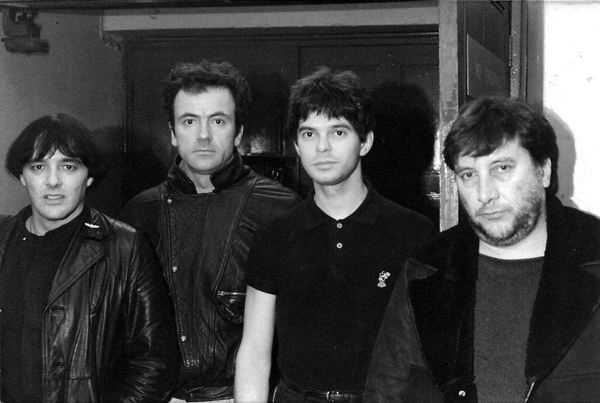12/8 time shifts to 13/8 time; who knew an extra eighth note could change so much?
Also, if you like this blog entry, you will love my book!
Content Note: minor discussion of drug-related and sexual themes in music in this entry.
As you may be able to tell, now that school is out for summer, I'm delving into a few songs that would be considered somewhat inappropriate during the school year. "Golden Brown" is not definitively a song about drugs, but it makes many allusions to such. Again, this is the risk you run when you teach popular music in secondary schools. Of course, by the time I was in college and taking 19th Century Composers, my peers and I would shout out "Syphilis!" every time our professor asked how a composer of that era died. We also learned in that class that Paganini was purveyor of sex, drugs, and rock'n'roll before such a thing even existed.
It's not that musicians were better behaved in the classical era or even before that. It's that, for the most part, they didn't write down their exploits in their song lyrics.
“Golden Brown” - The Stranglers
Intro: Made up almost entirely of highly-trained musicians, The Stranglers found themselves intertwined with punk rock partially due to the time and location of their formation – that and the fact that they opened for American punk legends The Ramones and Patti Smith in the mid-to-late 1970s. After punk had waned in England, the band took on more experimental fronts, and “Golden Brown” is evidence of this, with its highly unusual tuning, instrumentation, and meter. Despite so many unconventional aspects of the song, it went to #2 on the UK singles chart in 1981, becoming the band's highest charting song. Following the success of "Golden Brown", they continued on and saw 23 UK Top 40 singles and 17 UK Top 40 albums, showing a musical longenvity that was unusual for bands of their era.
Analysis: Beginning with an usual intro on the keyboard with chords on the harpsichord in the background, the song can most straightforwardly be analyzed with its initial riff expressed in 13/8 time. This provides for an eighth note grouping of 3+3+3+4. This meter gives way to a more conventional 12/8 time at :17 in (on the video recording linked above). 12/8 is the time signature used for the sung portions of the song as well as a part of the guitar solo, which begins very softly at 1:53 in the song. The 13/8 riff reappears, almost like a motif, several times throughout the song.
Considerations for Teaching: The lyrics seem to be decidedly ambiguous and were often questioned by music press at the time of the song's release. However, 20 years after its release, in his 2001 book, guitarist and singer Hugh Cornwell honestly states that the song describes both his relationship with a girl as well as his use of heroin. This places the song among a number of other songs rumored to be about drugs although they contain no direct mention of drug use or paraphernalia in the lyrics. Each verse is written in limerick poetic form, and there is no specific lyrical reference to drugs, only to an imagined woman. However, the unusual 13/8 time signature and note grouping can be demonstrated by playing none of the lyrical sections of the song, which may help avoid controversy over the song's abstract subject matter. Overall, teachers should proceed with caution using this song in the classroom.
*Edited lightly for additional content & entry format, September 16th & November 20th, 2017.


